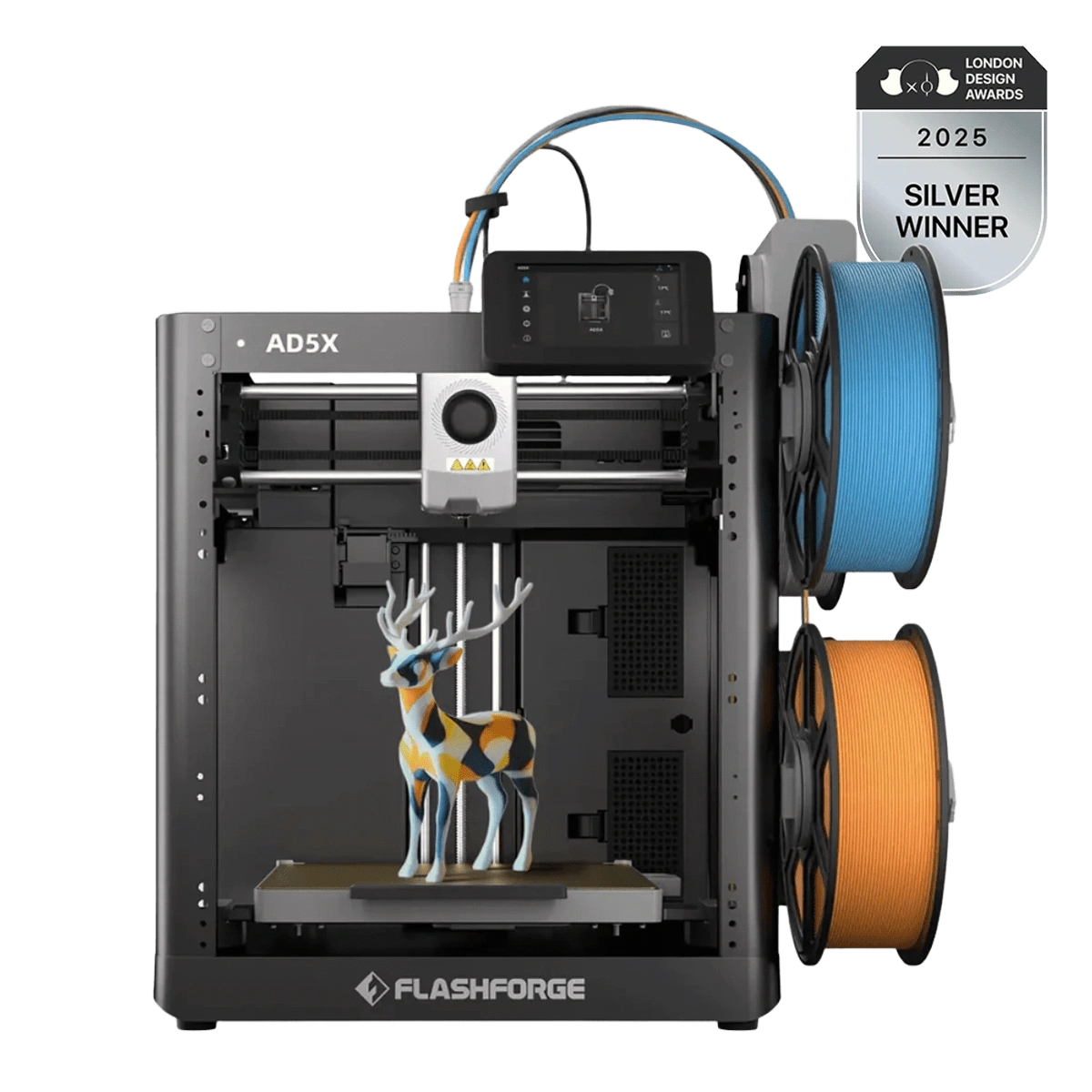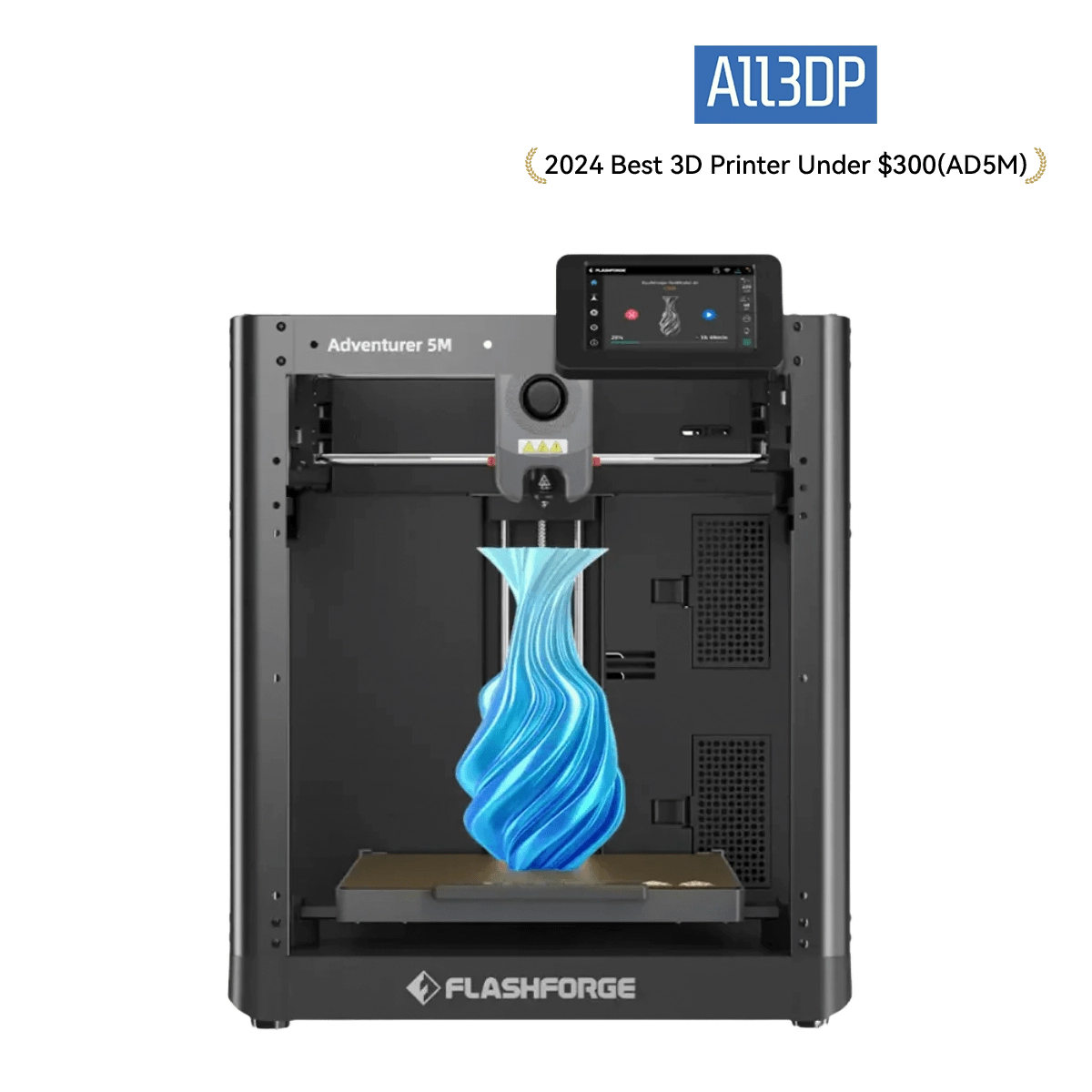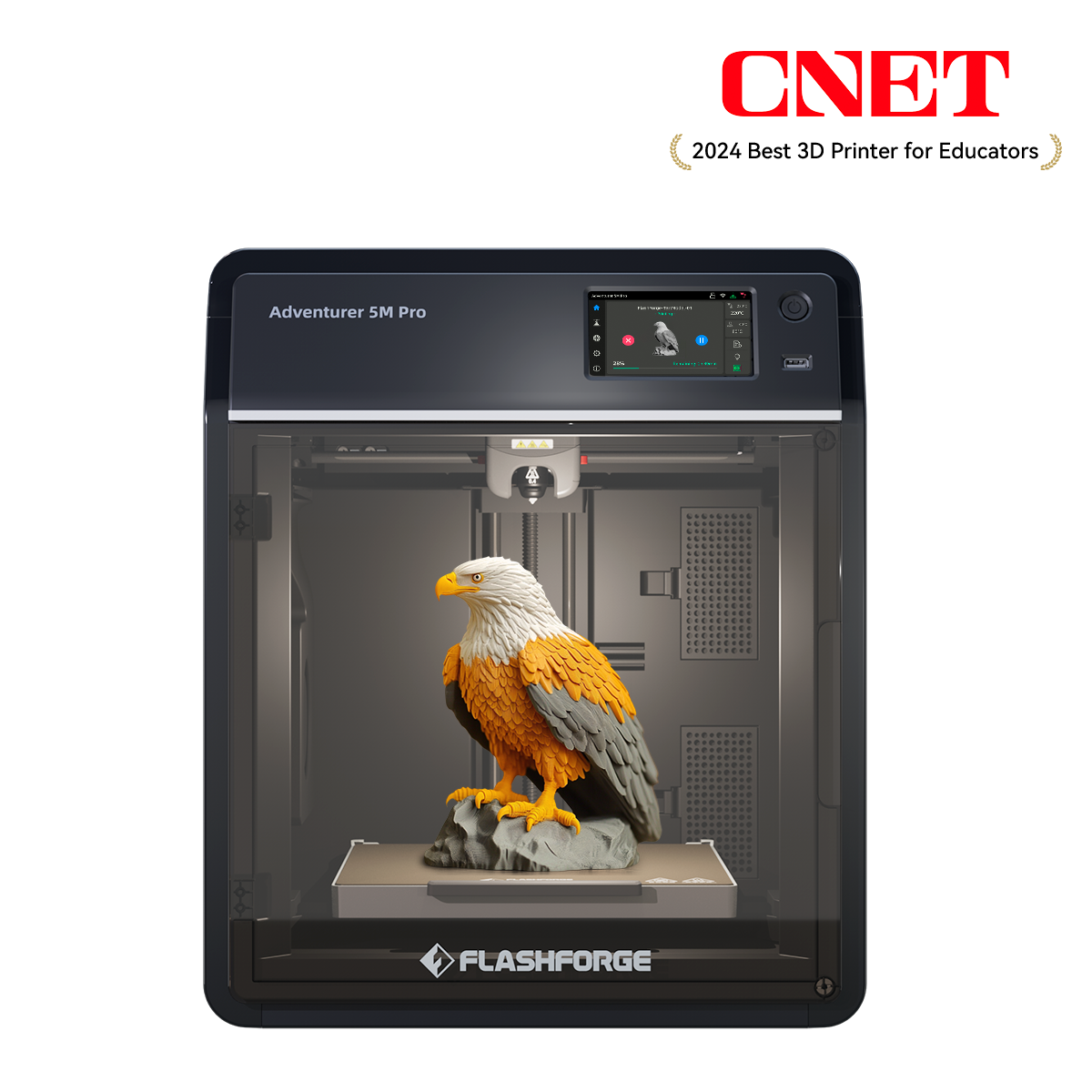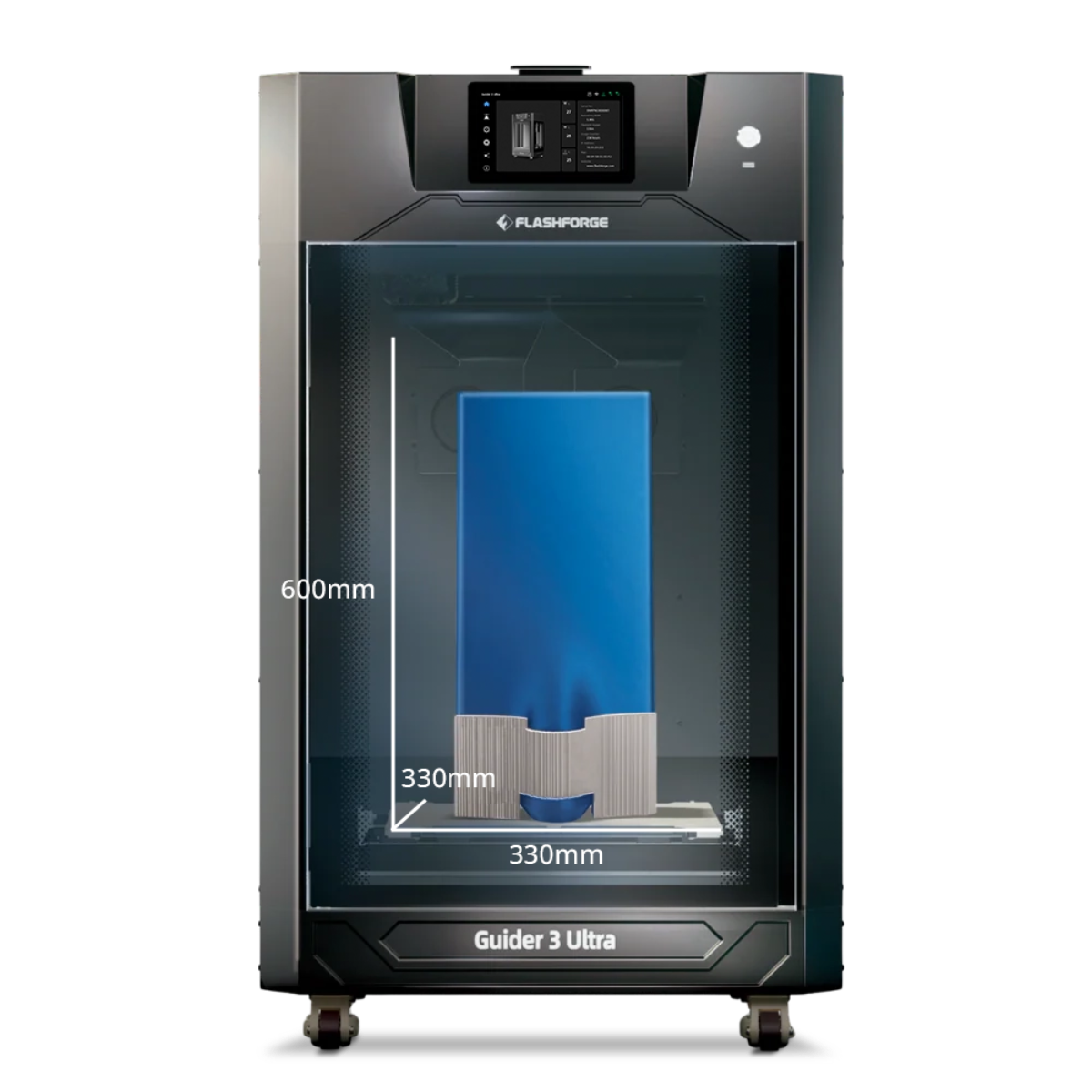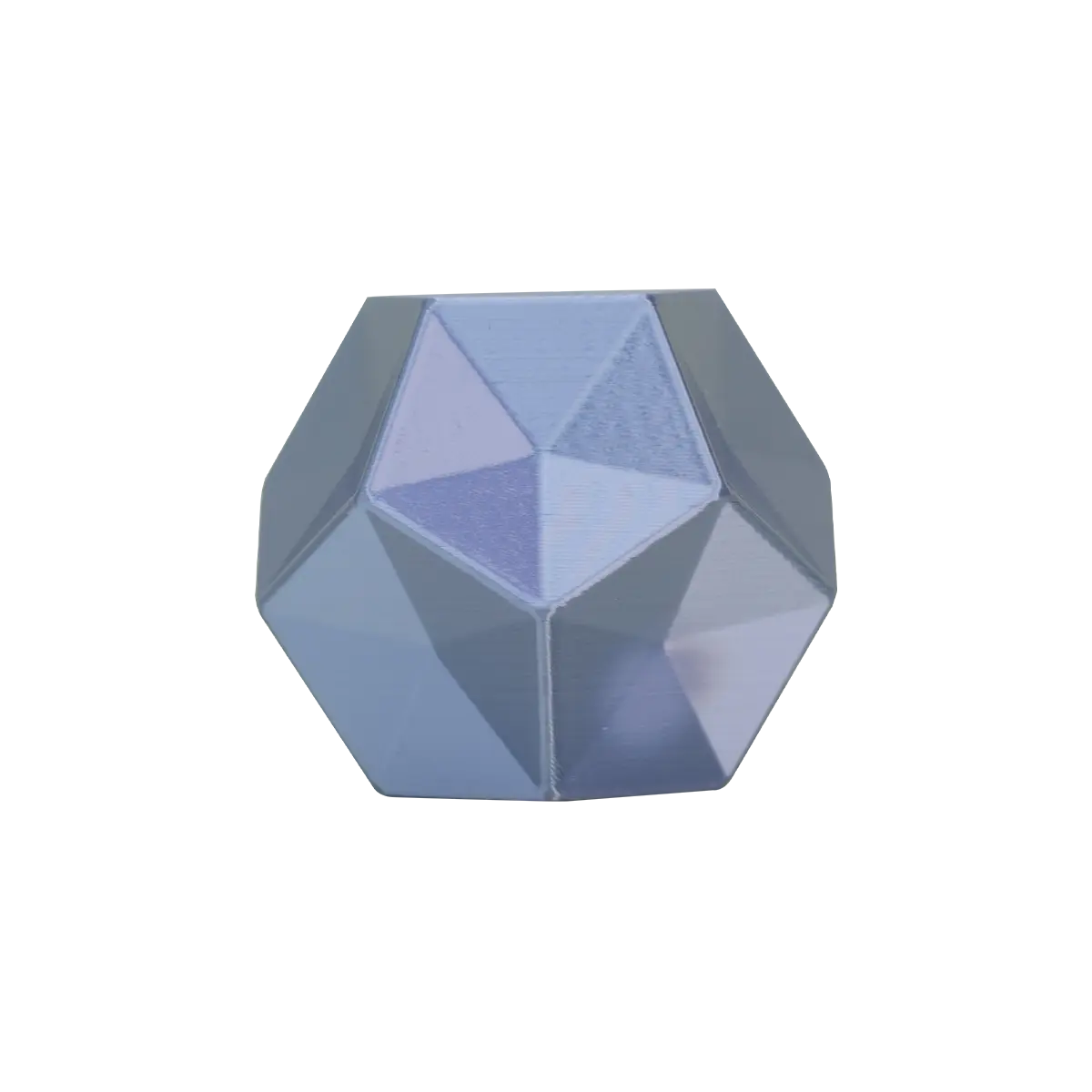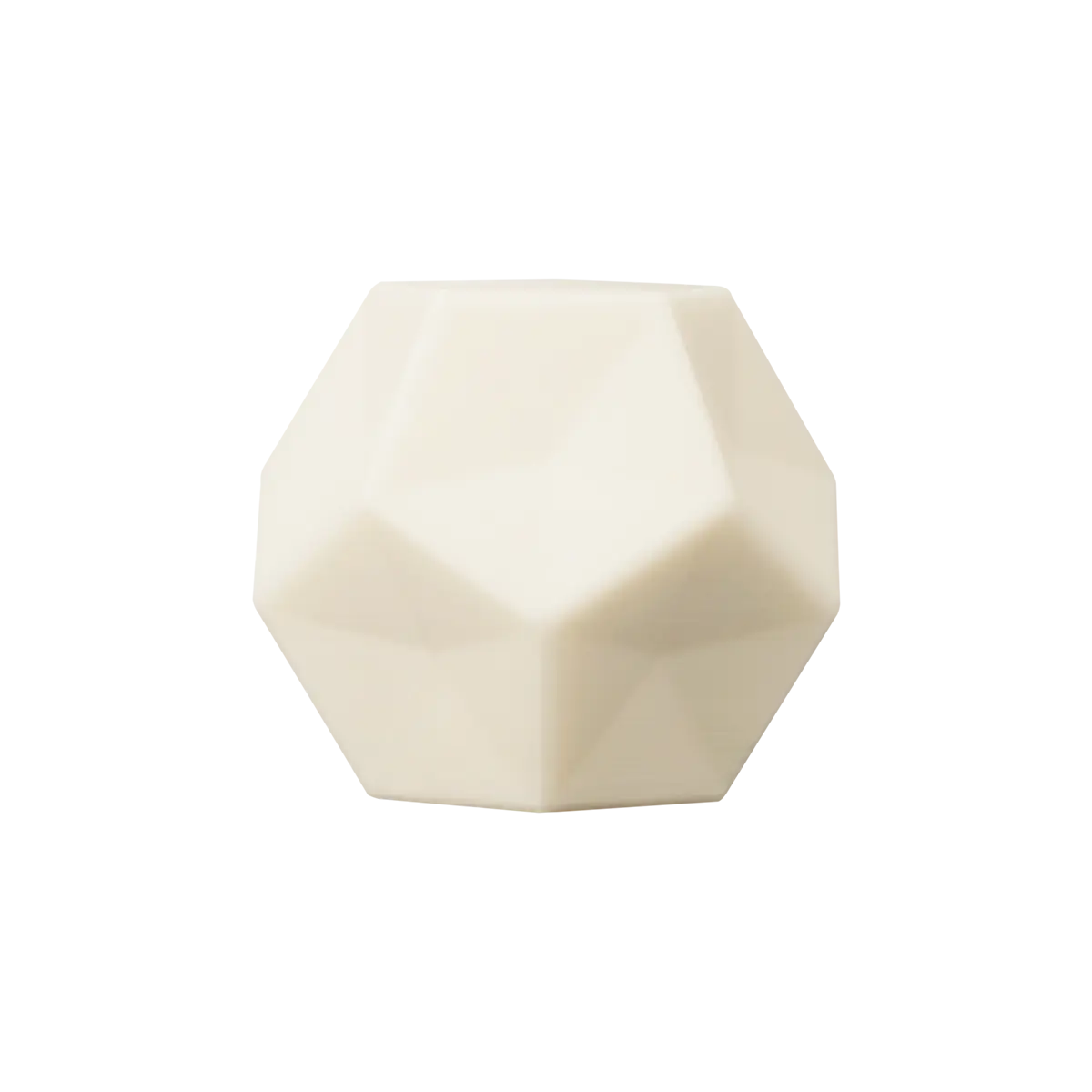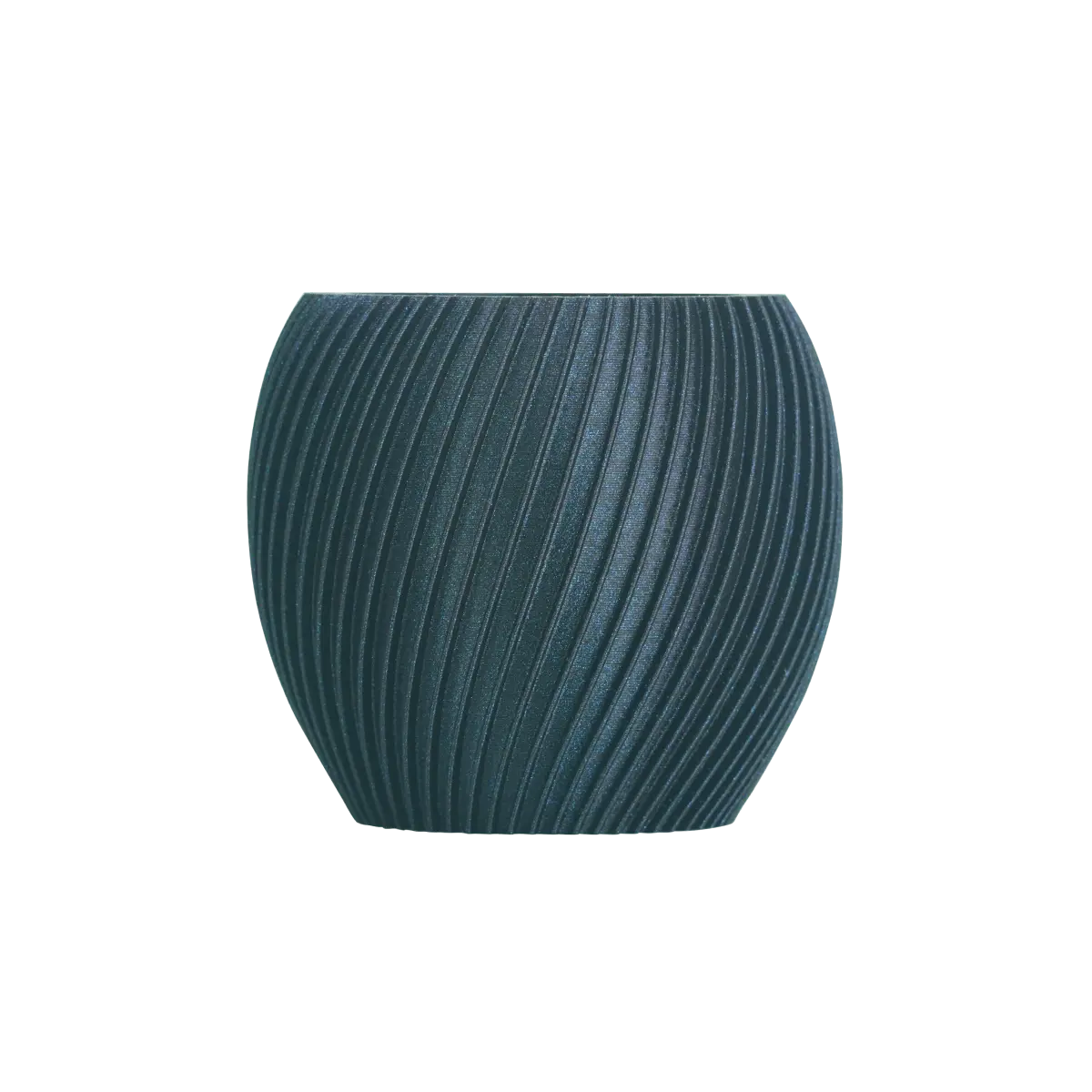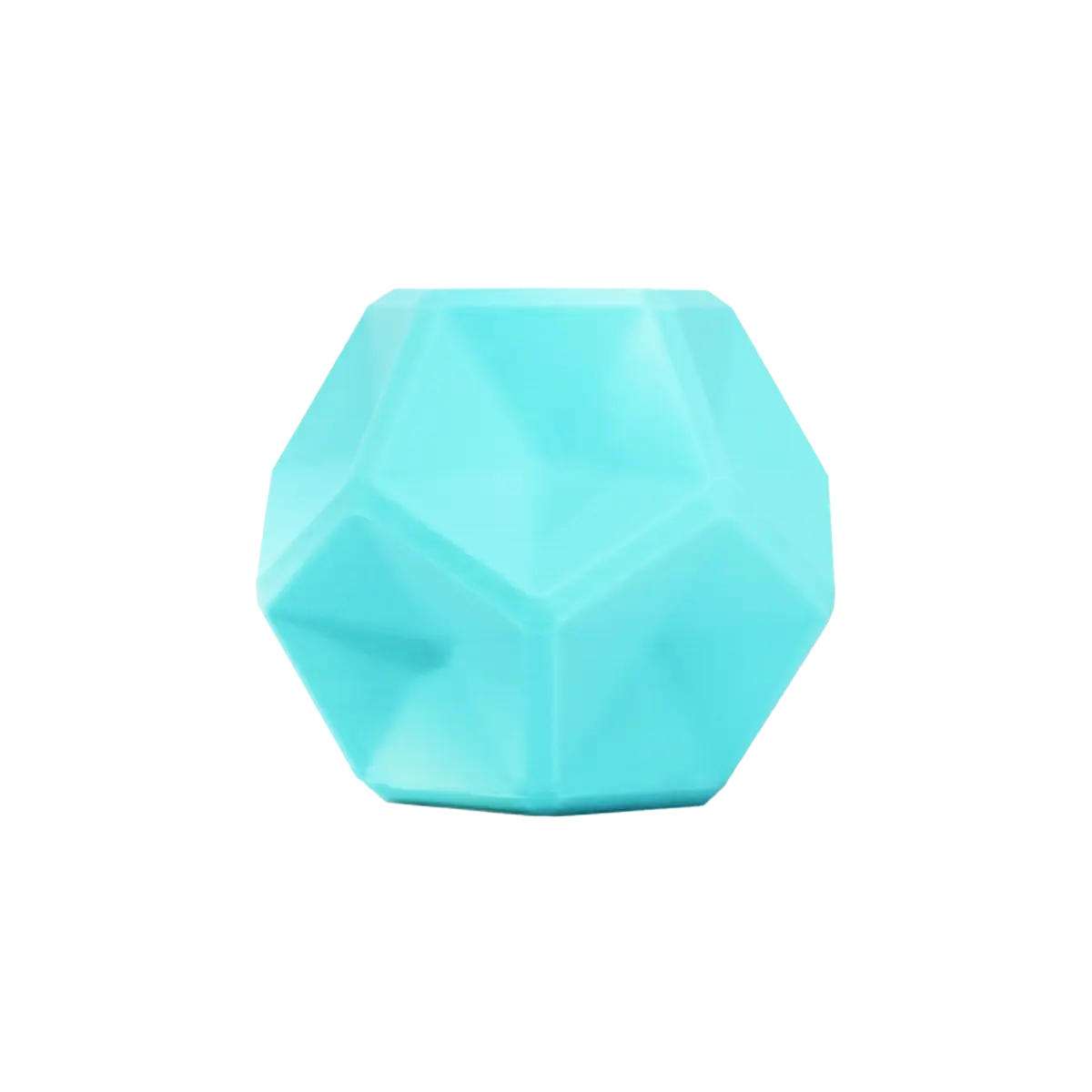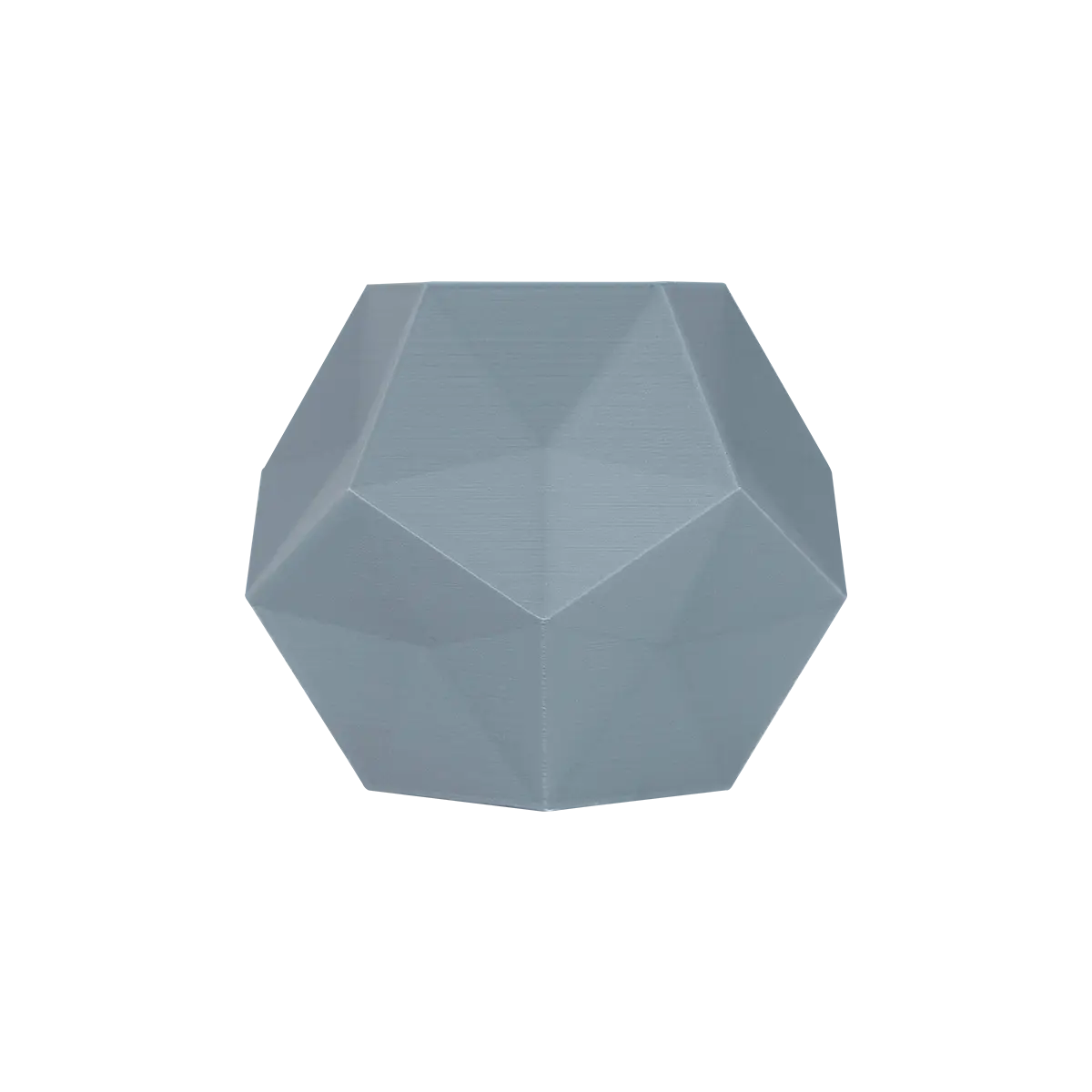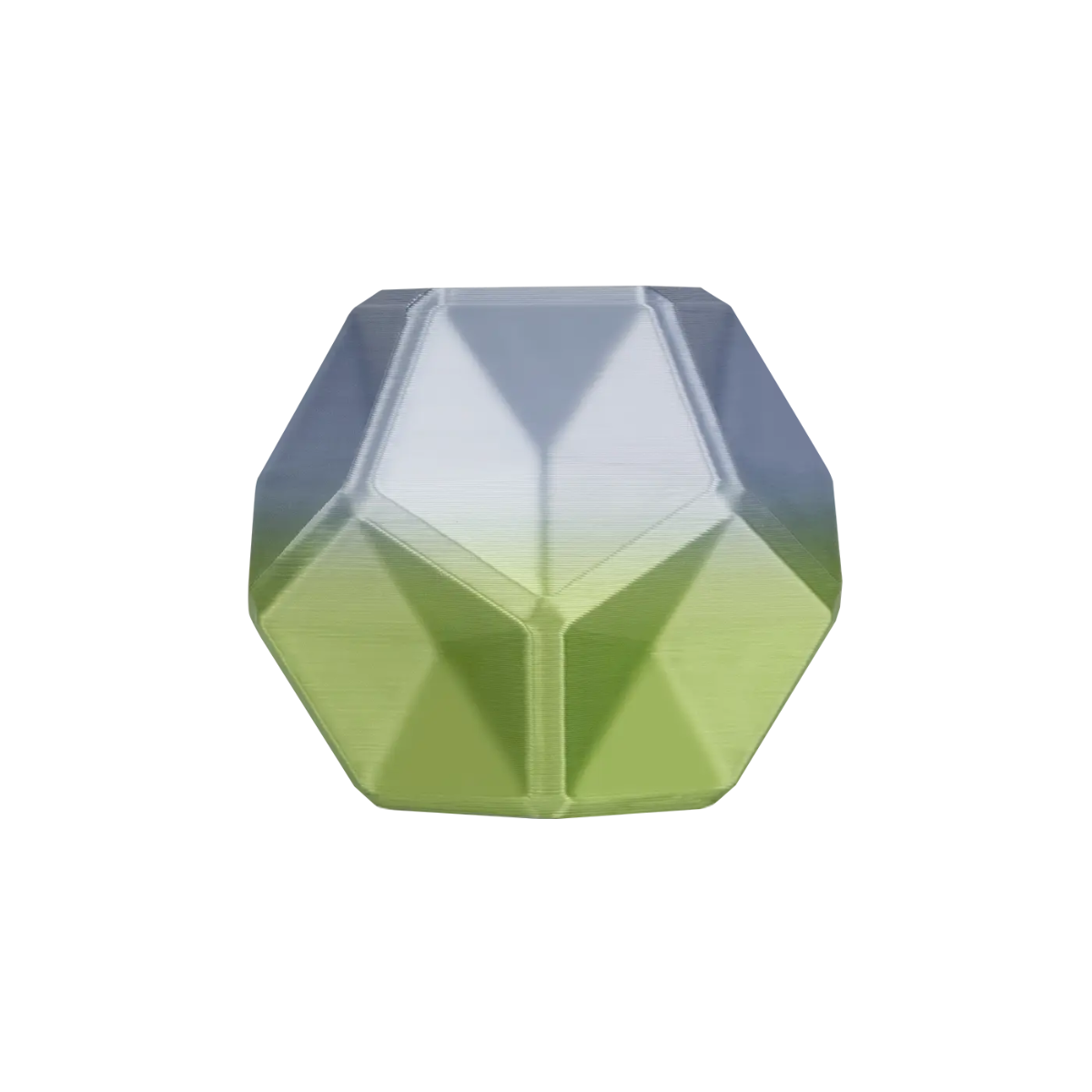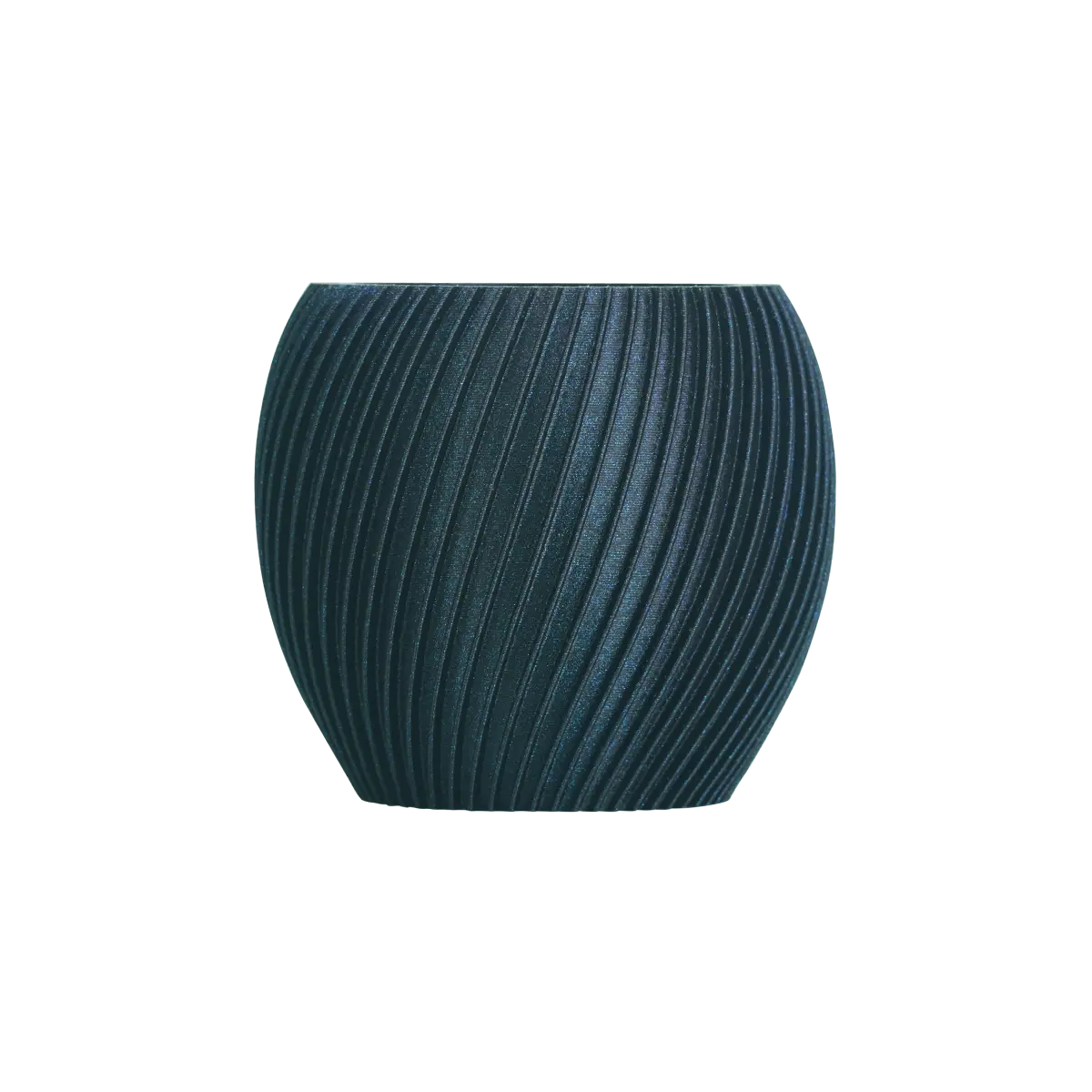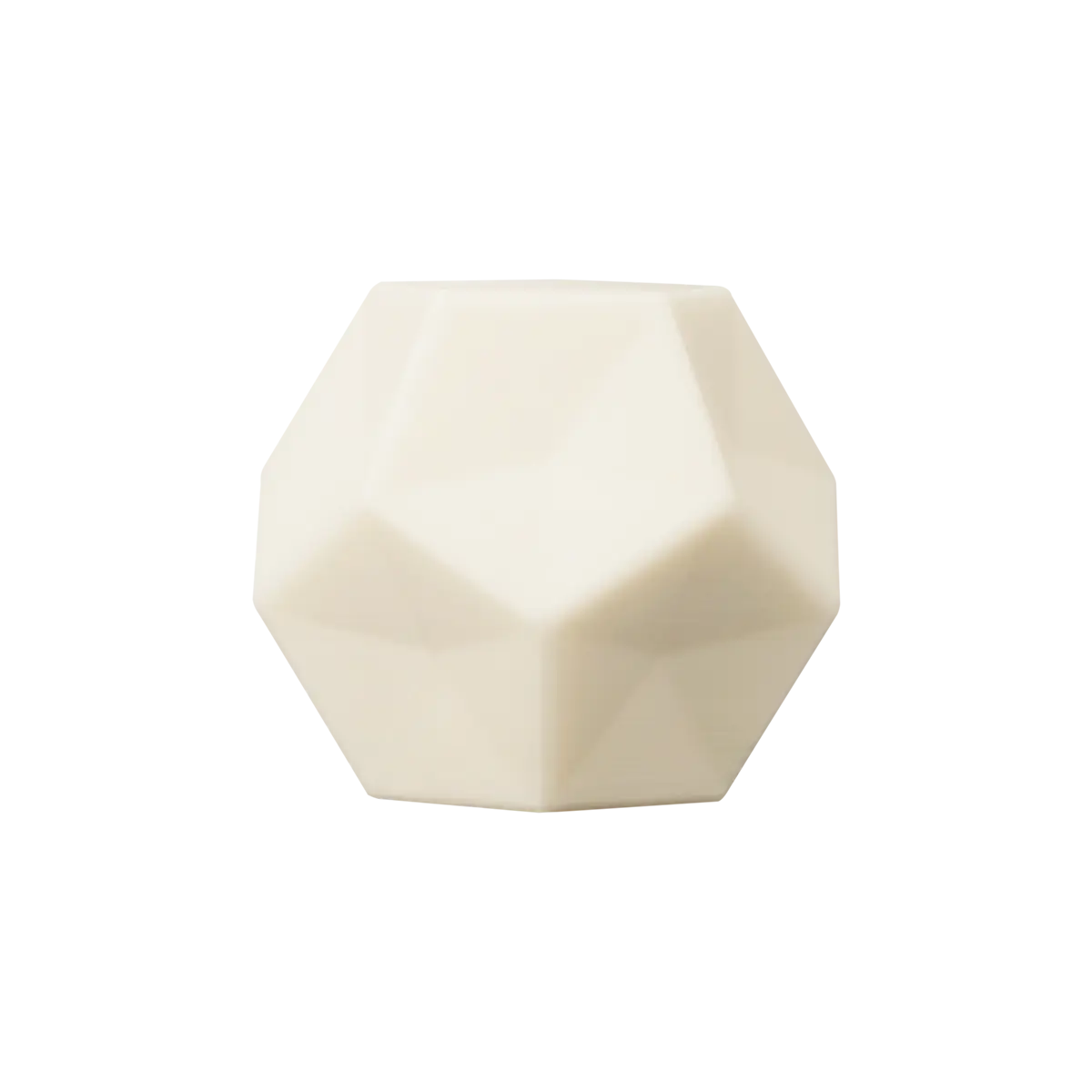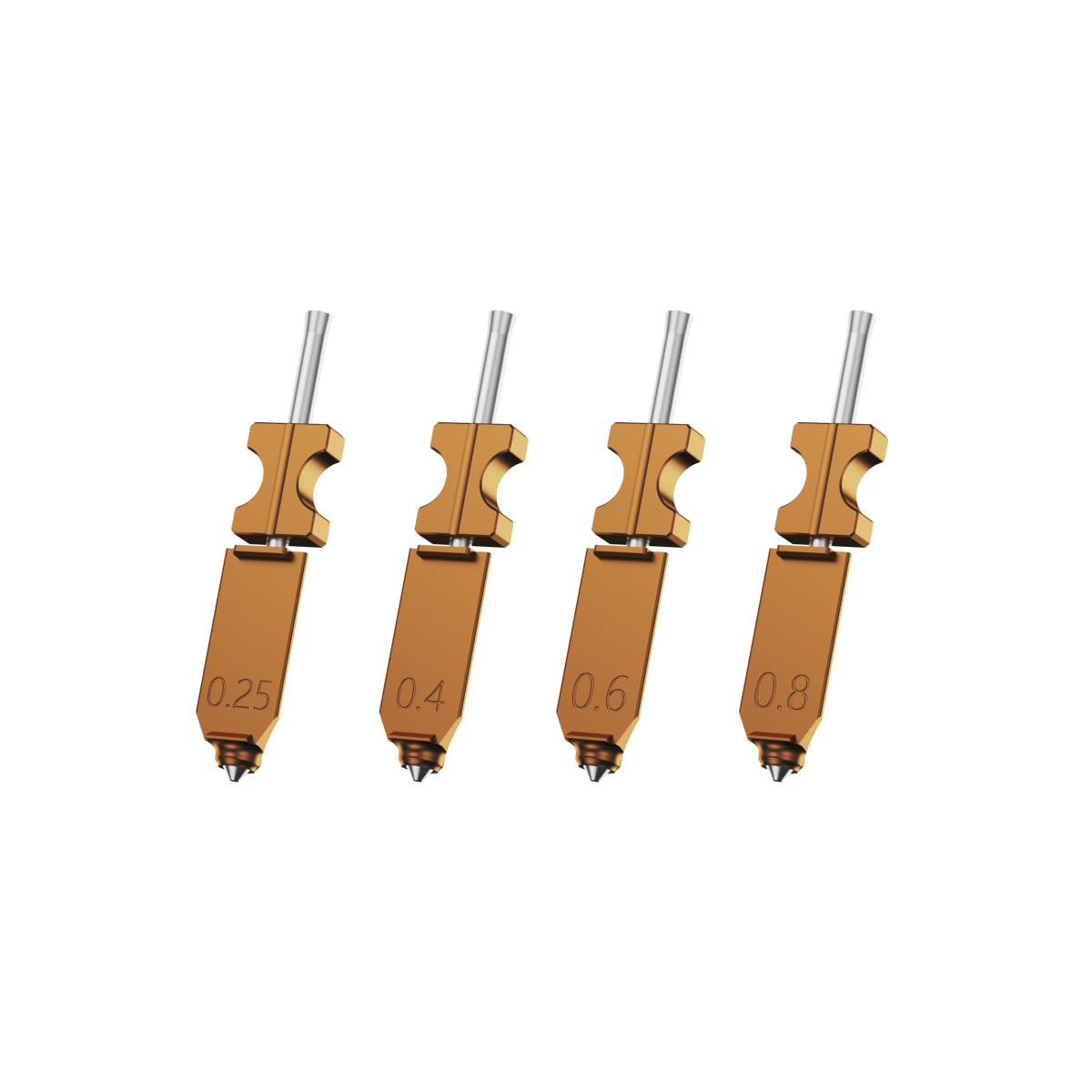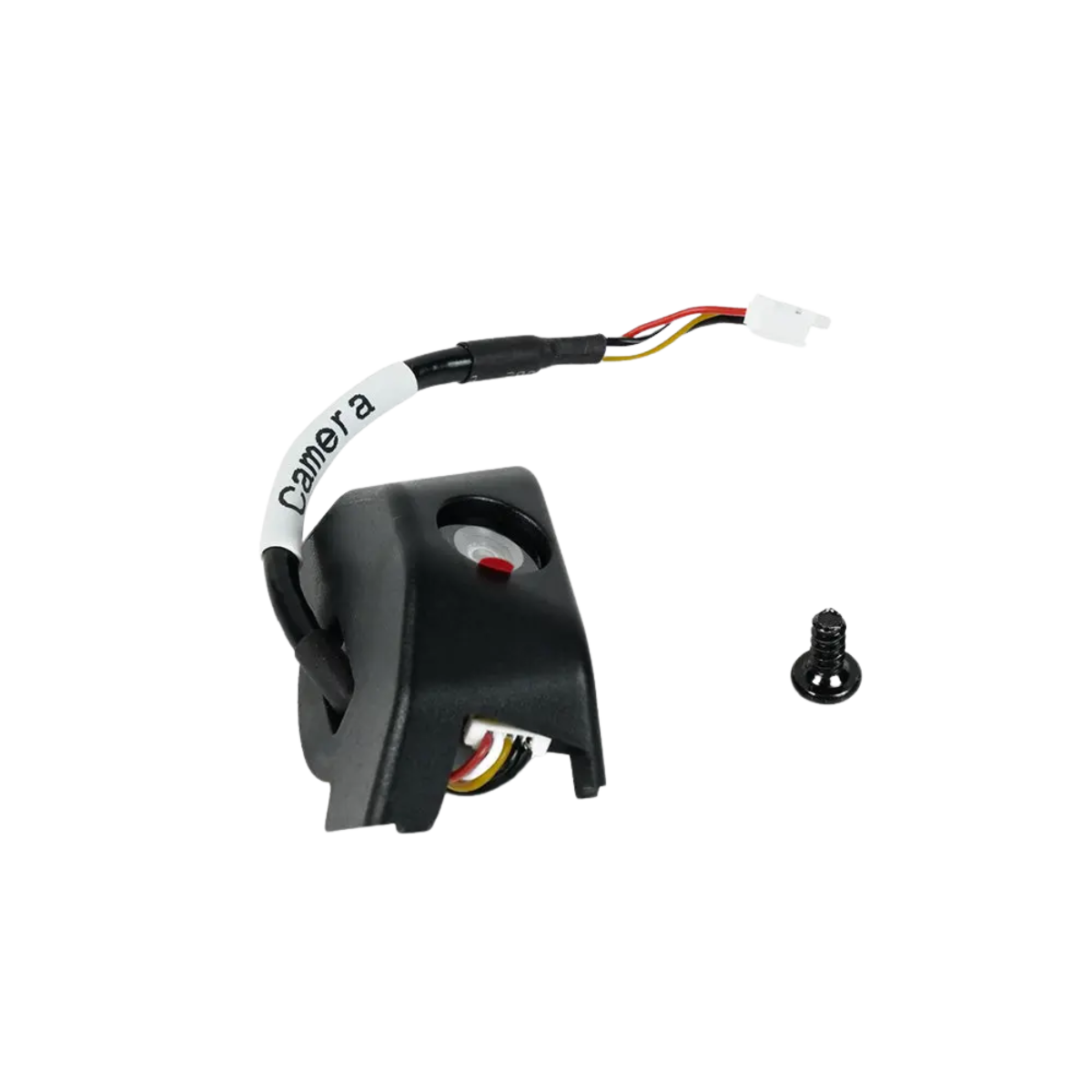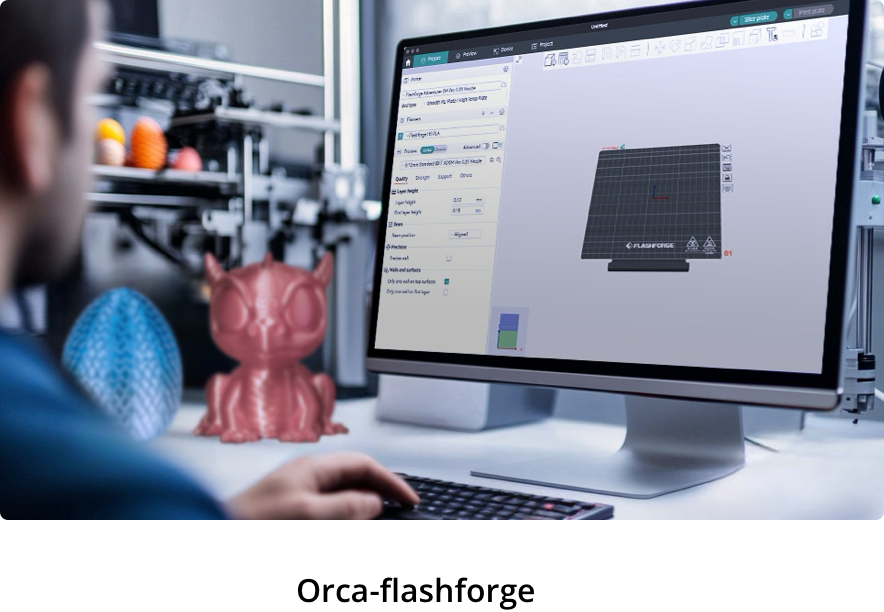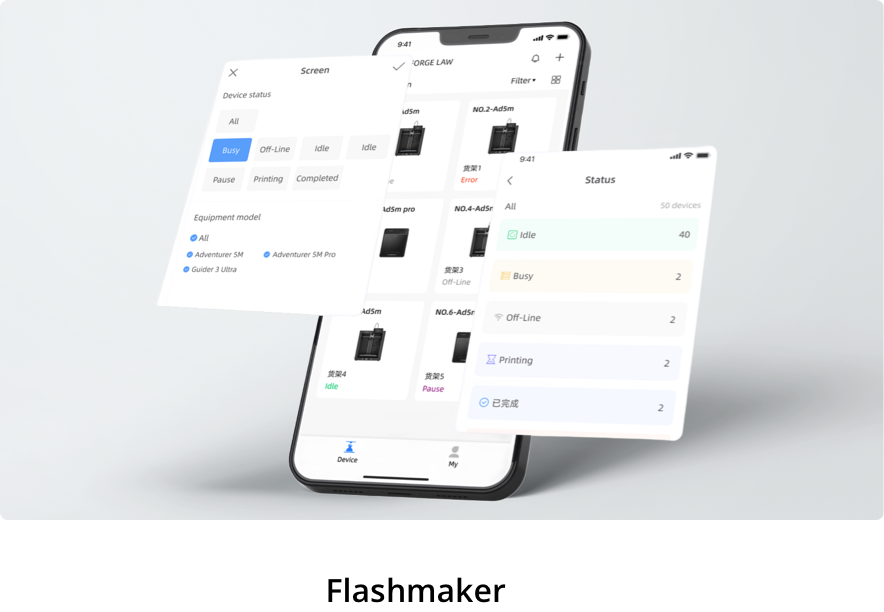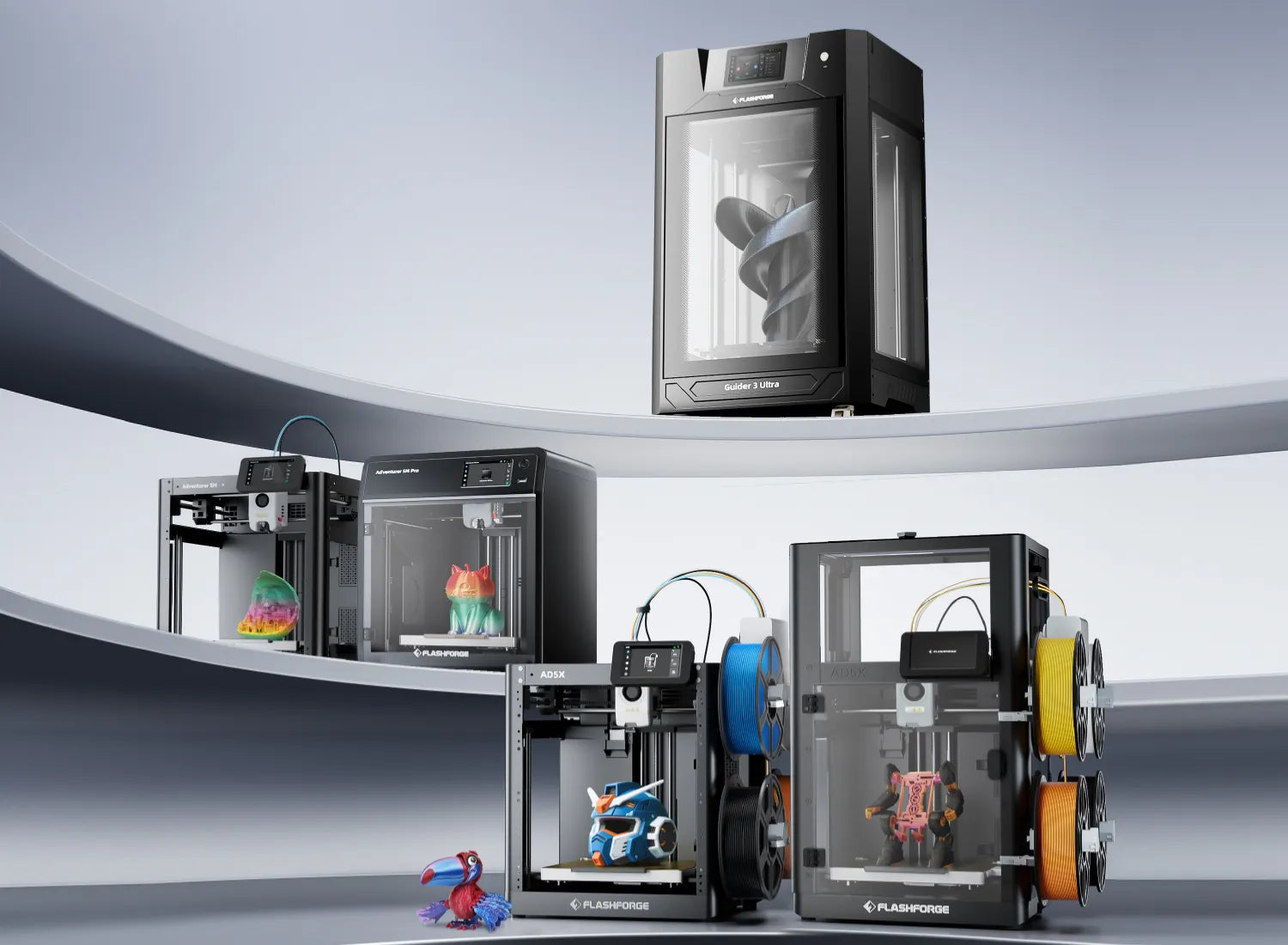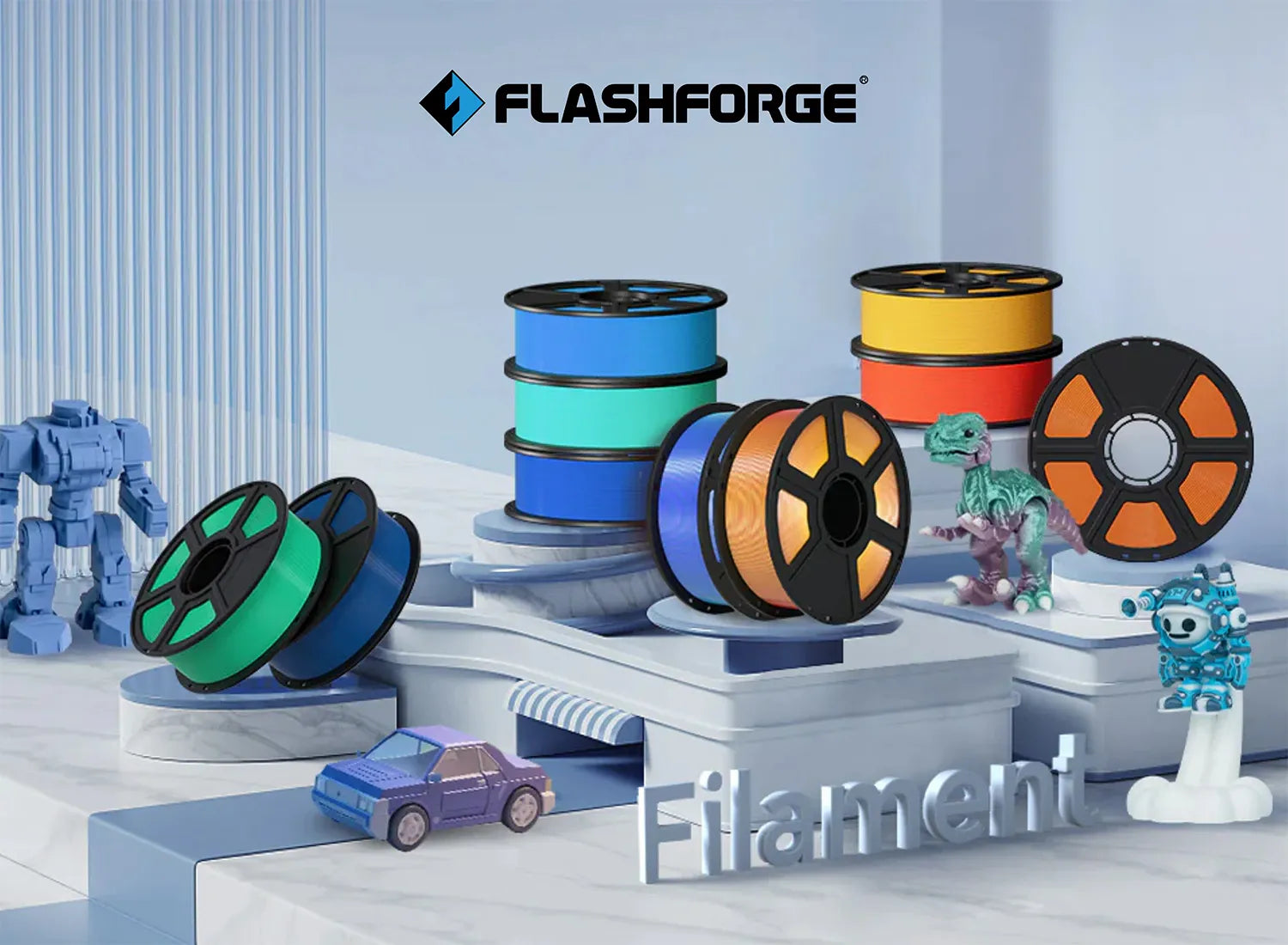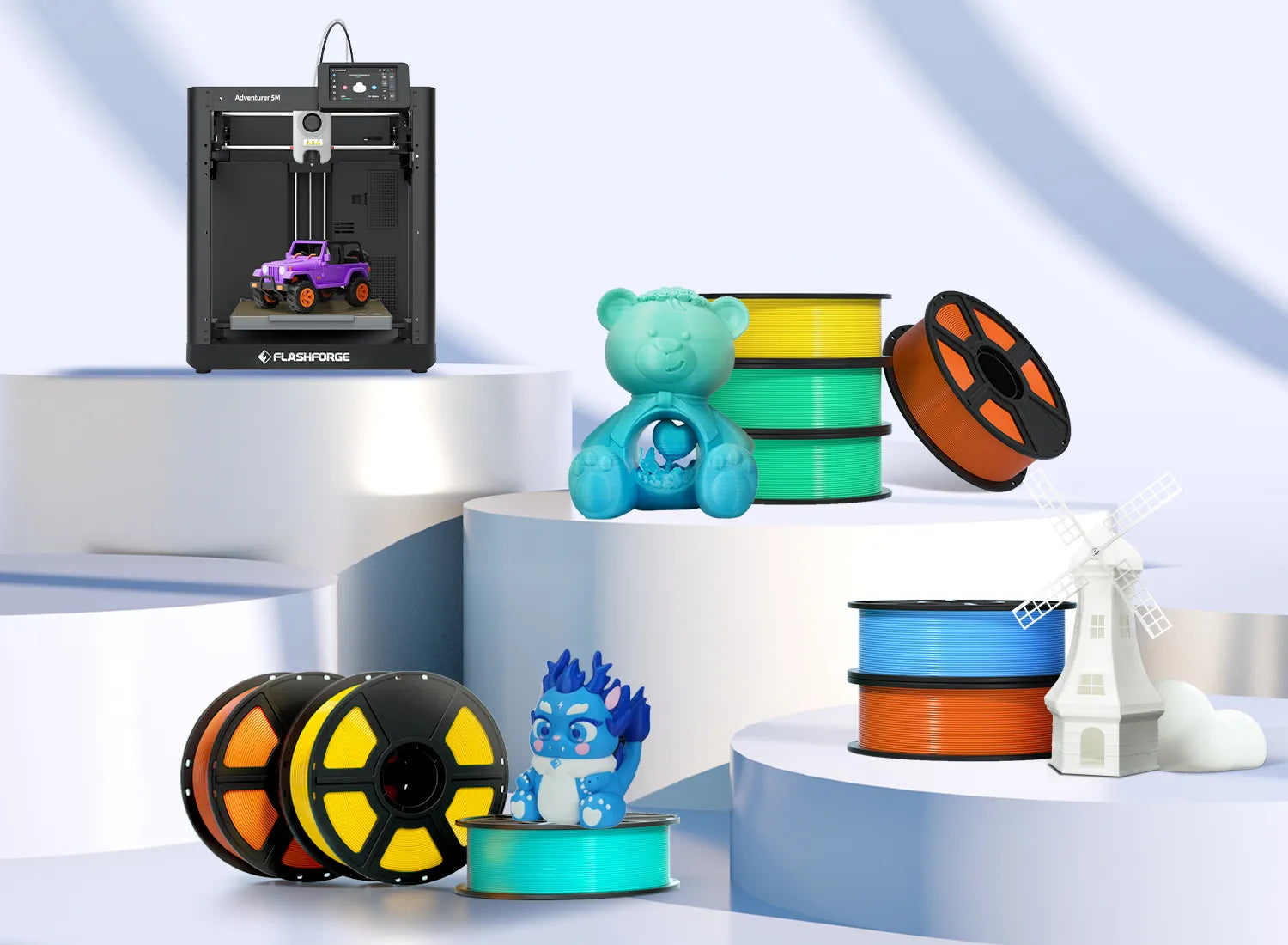La diversité des types
d'imprimantes 3D peut sembler complexe à explorer, chacune ayant ses avantages et ses limites (FDM, SLA, SLS, etc.). Ce guide décrypte les principales technologies d'impression 3D, leur mécanisme de fonctionnement, leurs applications envisagées et les tendances émergentes. Que vous soyez novice en imprimante 3D, enseignant en sciences, technologie, ingénierie et mathématiques (STEM) ou même propriétaire d'une ferme d'impression 3D industrielle, connaître ces technologies vous permettra de faire le bon choix quant à la machine idéale.
Qu'est-ce que l'impression 3D et comment fonctionne-t-elle ?
La fabrication additive, également appelée impression 3D, est un procédé de création d'objets solides à partir de profils numériques, par superposition de plusieurs couches. Contrairement aux méthodes d'usinage plus traditionnelles, qui consistent à retirer de la matière, l'impression 3D construit une forme complexe en ajoutant de la matière à l'aide d'un
filament plastique , d'une résine, d'une poudre ou d'un métal. L'imprimante découpe un modèle 3D en fines sections transversales et le construit couche après couche, créant ainsi l'objet final. Le flux de travail numérique-physique permet un prototypage rapide, une personnalisation et une production distribuée de divers matériaux et procédés.
Technologies d'extrusion de matériaux
Modélisation par dépôt de fil en fusion (FDM)
L'imprimante 3D FDM est l'une des imprimantes 3D de bureau et professionnelles les plus vendues. Son fonctionnement repose sur la fusion d'un filament plastique, puis son extrusion par une buse pour le dépôt de couches. Économiques, fiables et faciles à utiliser, les imprimantes FDM sont particulièrement adaptées au prototypage, aux modèles éducatifs et aux pièces fonctionnelles utilisant des matériaux tels que le PLA,
l'ABS , le PETG, voire des composites avancés. Flashforge propose également une variété d'imprimantes FDM, comme l'imprimante 3D Adventurer 5M, présentée comme une excellente imprimante 3D d'entrée de gamme.
Variantes d'extrusion de matériaux spécialisés
Outre le procédé FDM classique, il existe plusieurs autres dérivés, tels que les systèmes d'extrusion multi-matériaux et à haut débit. Par exemple, certaines imprimantes peuvent mélanger les filaments lors de l'impression pour produire un dégradé de couleurs ou un élément structurel avec une matière première soluble. Ces extrudeuses hautes performances élargissent les possibilités en matière d'esthétique et de complexité mécanique.
Technologies de polymérisation en cuve
Stéréolithographie (SLA)
La SLA utilise un laser pour polymériser la résine photosensible couche par couche. Elle est réputée pour sa précision exceptionnelle et ses surfaces brillantes. Elle est donc sans doute la meilleure pour la création de bijoux, de modèles dentaires, etc., ainsi que de prototypes très détaillés.
Traitement numérique de la lumière (DLP)
Le DLP utilise un projecteur pour exposer la totalité de la couche de résine à la fois, ce qui permet des impressions plus rapides que le SLA sans compromettre la résolution. Il est idéal pour les utilisateurs exigeant rapidité et précision.
Affichage à cristaux liquides (LCD)
L'impression LCD utilise un ensemble de LED pour durcir les couches placées en arrière-plan d'un écran LCD. Les imprimantes LCD ne sont pas aussi précises que les imprimantes SLA ou DLP, mais leur rentabilité leur permet de gagner en popularité auprès des amateurs comme des professionnels.
Technologies de projection de matériaux
Jet de matériau standard (M-Jet)
Lors du jet de matière, les gouttelettes de photopolymère sont durcies par rayonnement UV. Cette technique est particulièrement adaptée à l'impression 3D couleur et aux formes complexes, notamment pour les modèles architecturaux ou cinématographiques détaillés.
Jet de nanoparticules (NPJ)
Le jet de nanoparticules (NPJ) ajoute de fines particules à une séquence de liants. Il permet d'obtenir des textures et des couleurs réalistes, et même une résistance à l'usure, appliquée aux prototypes industriels et aux aperçus de produits grand public.
Technologies de fusion sur lit de poudre
Frittage sélectif par laser (SLS)
Le procédé SLS permet de faire fondre du plastique en poudre (par exemple, du nylon) à l'aide d'un laser. Les structures de support sont inutiles, chaque couche étant constituée de supports en poudre non frittée. Le SLS est la technologie idéale pour des prototypes durables, de qualité médicale et fonctionnels.
Fusion laser sur lit de poudre (LPBF)
LPBF élargit ses capacités de traitement des métaux par SLS. Elle utilise des lasers pour fondre entièrement un lit de poudre métallique afin de créer des pièces complexes et porteuses pour les industries aérospatiale et automobile.
Fusion par faisceau d'électrons (EBM)
EBM (abréviation de LPBF) utilise un environnement sous vide avec un faisceau d'électrons pour fondre les poudres métalliques. Ce procédé est efficace pour les composants volumineux et structurellement soumis à des contraintes, tels que les implants en titane et les pièces d'avion.
Dépôt d'énergie dirigé (DED)
Dépôt d'énergie dirigée par laser
Le DED est un procédé qui utilise une énergie concentrée (souvent un faisceau laser) pour liquéfier le matériau déposé, généralement sous forme de fil ou de poudre. Il est particulièrement adapté à la réparation de pièces de grande valeur ou à la construction de grandes structures métalliques. Contrairement à la fusion sur lit de poudre, les systèmes DED offrent une capacité d'impression plus importante et sont généralement installés sur des bras robotisés ou des machines CNC pour effectuer un dépôt multi-axes.
Autres variantes de la DED
Les sources d'énergie des autres variantes de DED incluent les faisceaux d'électrons ou les arcs plasma. Ces systèmes sont généralement utilisés dans l'aérospatiale, le secteur militaire et l'industrie lourde, et peuvent être adaptés à la réparation de pièces, à la fabrication hybride ou aux travaux de placage lorsqu'un renforcement métallique est requis.
Technologies de projection de liant
Projection de liant métallique
Cette méthode consiste à pulvériser un liant liquide sur des couches de poudre métallique. La pièce brute est ensuite déliantée et frittée pour obtenir sa densité finale après impression. Elle est idéale pour produire un grand nombre de pièces métalliques à un coût inférieur à celui du LPBF.
Projection de liant plastique
Cette méthode consiste à pulvériser le matériau sur des couches de poudre plastique. La pièce brute est ensuite durcie ou frittée pour obtenir sa densité et sa résistance finales après impression. Cette technologie est particulièrement utile pour le prototypage rapide et la production en petites séries, permettant des économies de coûts significatives.
Projection de liant de sable
Le même procédé est généralement appliqué en fonderie pour former des moules et des noyaux en sable. La liaison sélective des couches de sable permet aux fabricants de créer rapidement des moules aux géométries complexes, un moyen efficace de fabriquer des pièces métalliques sans outillage de moulage.
Technologies de laminage de feuilles
Le laminage de feuilles consiste à accumuler et à assembler des couches de bois, de carton, de métal ou de plastique lors de découpes laser ou à l'aide de lames. Moins répandu que d'autres technologies, il offre néanmoins les avantages de l'impression couleur (sur papier) ou de la rapidité de production des pièces (sur métal). La fabrication d'objets laminés (LOM) en est un bon exemple. On l'utilise également en prototypage, où la couleur, la rapidité et le coût priment sur la précision.
Comparaison des principales technologies d'impression 3D
Ci-dessous, nous utiliserons un tableau pour vous montrer les différences entre les différentes technologies d'impression 3D.
Indicateurs de performance technique
|
Technologie
|
Précision
|
Vitesse
|
Variété de matériaux
|
Finition de surface
|
Coût
|
|
FDM
|
Moyen
|
Haut
|
Large
|
Modéré
|
Faible
|
|
SLA / DLP / LCD
|
Très élevé
|
Moyen
|
Limité
|
Excellent
|
Moyen
|
|
SLS
|
Haut
|
Moyen
|
Moyen
|
Bien
|
Haut
|
|
LPBF
|
Très élevé
|
Faible
|
Métaux
|
Excellent
|
Très élevé
|
|
DÉCÉDÉ
|
Moyen
|
Haut
|
Métaux/Fils
|
Rugueux
|
Très élevé
|
|
Jet de liant
|
Haut
|
Très élevé
|
Large
|
Bien
|
Moyen
|
|
Laminage de feuilles
|
Faible
|
Haut
|
Limité
|
Varie
|
Faible
|
Ces deux technologies impliquent des compromis. La technologie FDM est la plus accessible. Les imprimantes SLA/DLP/LCD (à base de résine) sont utilisées pour obtenir des détails, tandis que les imprimantes SLS/LPBF privilégient les performances. Le jet de liant et le DED sont bien adaptés à l'échelle industrielle, tandis que le laminage de feuilles permet de réaliser des maquettes à moindre coût.
Considérations pratiques
Budget, application, post-traitement, durabilité des pièces et courbe d'apprentissage sont quelques-uns des facteurs à prendre en compte lors du choix d'une imprimante. Les imprimantes FDM comme celles proposées par Flashforge constituent une entrée de gamme sûre et abordable, tant pour un usage personnel que pour l'enseignement. Flashforge propose des imprimantes 3D FDM exceptionnelles, ainsi que divers types de filaments.
Technologies d'impression 3D émergentes et en évolution
Le marché des imprimantes 3D continue de se développer grâce à des inventions fulgurantes. Parmi les développements les plus récents figurent les systèmes de fabrication hybrides intégrant des procédés additifs et soustractifs, l'impression robotisée multi-axes, la bio-impression de tissus et l'impression 4D, où les artefacts imprimés évoluent au fil du temps en réponse à divers stimuli tels que la chaleur ou l'humidité.
Des matériaux durables tels que les plastiques recyclés, les filaments à base de bois ou encore les bio-encres à base d'algues sont également développés par des startups et des laboratoires de recherche. L'automatisation s'accroît également grâce à des logiciels de découpage plus intelligents, à la correction des erreurs d'impression assistée par l'IA et au post-traitement intégré.
Flashforge est l'un des leaders de cette innovation. Si vous n'avez peut-être jamais essayé l'impression 3D, il serait judicieux d'acquérir l'une de leurs meilleures imprimantes 3D pour débutants, offrant un excellent compromis entre performances, simplicité d'utilisation et prix.
Conclusion
Les types d'imprimantes 3D sont également impressionnants : on trouve
des imprimantes 3D FDM pour débutants ainsi que des systèmes industriels à lit de poudre. C'est donc le moment idéal pour expérimenter la fabrication additive. Que vous soyez un débutant à la recherche de modèles en plastique simples ou un ingénieur souhaitant tester ses propres composants aérospatiaux, il est toujours utile de connaître la technologie sous-jacente avant de prendre la bonne décision.
Évaluez vos besoins en termes de budget, de précision, de vitesse, de matériaux et d'utilisation prévue. En tant que débutant, vous pouvez être assuré que Flashforge propose un écosystème stable de matériaux et d'imprimantes pour vous accompagner dans votre projet. Explorez leur gamme d'imprimantes 3D FDM, leurs options de filaments et leurs outils pratiques pour optimiser votre expérience d'impression.
Prendre la bonne décision quant au type d’imprimante 3D à acheter n’a pas besoin d’être compliqué ; cela implique simplement les bonnes informations et une certaine forme de curiosité.




